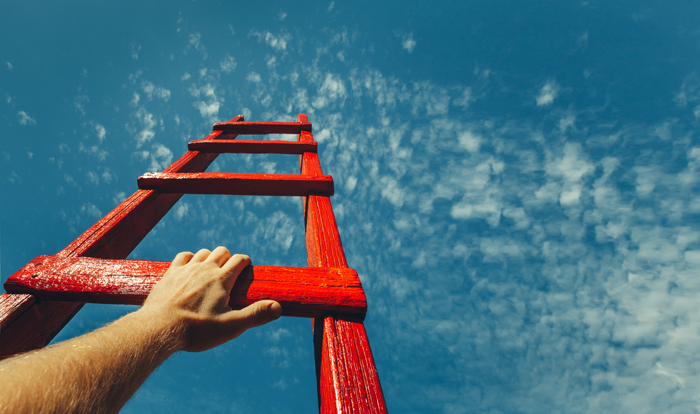Is there any industry that’s been on a bigger rollercoaster over the last 18 months than retail? Overnight, traditional brick and mortar was replaced by an unprecedented demand for digital. While many retailers have completed their digital transformation — or, at the very least, have accelerated their plans — this new world comes with new, ongoing challenges.
Fortunately, there are opportunities amidst those challenges. Here are the 3 biggest that you need to overcome, along with ideas and insights to help you take full advantage of them:
Digital disruption
Throughout history, brands have come in, shaken things up, and permanently changed the landscape. Look no further than Amazon.com’s launch in 1994 if you want a great example of digital disruption. Brands have been actively trying to out-digital each other for a long time, but digital disruption has gone into warp speed since the beginning of COVID. After all, we were suddenly facing a situation unlike anything ever before and brands knew if they didn’t come up with new solutions, they would likely get left behind.
Pre-pandemic retail is gone. The lockdown and social distancing showed consumers that they can buy practically anything they need right from the comfort of their couch — and that it’s fast and easy to do so. That’s why we’ve seen a surge in things like touchless customer experiences, social shopping, augmented reality, and voice-assisted shopping.
If you think all of these changes are only temporary, think again. Some psychologists say it takes 21 days to create a new habit and another 90 days to make a full lifestyle change. Whether you buy into those exact numbers or not, the pandemic made speed, convenience, and personalization irresistible to consumers, so your need for new digital solutions is going to be ongoing from here on out.
Maintaining your customer base
All of those new habits that consumers are forming mean it’s even more vital for you to be part of them, specifically by keeping a steady stream of return customers on hand. Virtually every marketer and sales professional has heard of the 80/20 Rule, also known as the Pareto Principle, which says that 80% of your profits will come from 20% of your customers. This is why return customers can be worth their weight in gold.
When’s the last time you calculated your Repeat Purchase Rate? For eCommerce, any rate between 20-40% is considered “good”, but it’s important to measure yours over time to see if there are any dips or any spikes so that you can dig into the reason behind them.
So many brands invest their time, money, and marketing into loyalty programs because they incentivize these valuable repeat purchases. For example, if you offer a freebie after a certain number of purchases, your customers have a specific goal to aim for. The same applies if you have a points program that tallies up certain discounts and other offers at different point levels. You don’t necessarily need a concrete number to make your customers feel valued and inherently loyal, though. Simply giving them personalized offers based on their purchase history or giving them VIP access to the best discounts and newest products can be all you need to make them feel special.
Modern marketing
To be a truly modern marketer, you need to use the full capabilities of your business to create the very best experience for your customers. This means actively working to fulfill your customers’ needs and wants, rather than just marketing whatever inventory you happen to have on hand.
Because consumers have gotten so accustomed to seamless digital experiences, modern marketing requires that you be where they are, whether that’s in a text message, an in-app notification, or in an email. They’ve also come to expect personalized experiences, which means you need to be able to leverage things like purchase history, guest profiles, and other zero- and first-party data.
Even big brands can run into issues with modern marketing. For example, Great Clips is the world’s biggest salon brand, but until a few years ago, its marketing team didn’t have a way to track offer usage and redemption. With a few tweaks in technology (back to the idea of digital disruption), they now know who’s redeeming what and where. As a result, they can run personalized integrated campaigns that are far more modern than what they were capable of before.
Being able to see the potential in challenges is one way to remain agile, and as we continue to see in the retail world, your brand’s agility is the difference between standing out like a shining star and sitting on the sidelines while your competitors gobble up the success.

